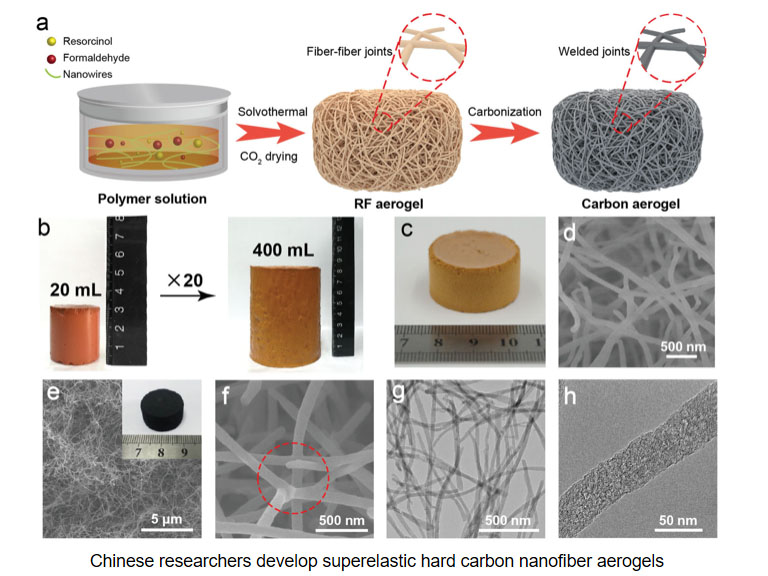
-
 Afrikaans
Afrikaans -
 Albanian
Albanian -
 Amharic
Amharic -
 Arabic
Arabic -
 Armenian
Armenian -
 Azerbaijani
Azerbaijani -
 Basque
Basque -
 Belarusian
Belarusian -
 Bengali
Bengali -
 Bosnian
Bosnian -
 Bulgarian
Bulgarian -
 Catalan
Catalan -
 Cebuano
Cebuano -
 China
China -
 China (Taiwan)
China (Taiwan) -
 Corsican
Corsican -
 Croatian
Croatian -
 Czech
Czech -
 Danish
Danish -
 Dutch
Dutch -
 English
English -
 Esperanto
Esperanto -
 Estonian
Estonian -
 Finnish
Finnish -
 French
French -
 Frisian
Frisian -
 Galician
Galician -
 Georgian
Georgian -
 German
German -
 Greek
Greek -
 Gujarati
Gujarati -
 Haitian Creole
Haitian Creole -
 hausa
hausa -
 hawaiian
hawaiian -
 Hebrew
Hebrew -
 Hindi
Hindi -
 Miao
Miao -
 Hungarian
Hungarian -
 Icelandic
Icelandic -
 igbo
igbo -
 Indonesian
Indonesian -
 irish
irish -
 Italian
Italian -
 Japanese
Japanese -
 Javanese
Javanese -
 Kannada
Kannada -
 kazakh
kazakh -
 Khmer
Khmer -
 Rwandese
Rwandese -
 Korean
Korean -
 Kurdish
Kurdish -
 Kyrgyz
Kyrgyz -
 Lao
Lao -
 Latin
Latin -
 Latvian
Latvian -
 Lithuanian
Lithuanian -
 Luxembourgish
Luxembourgish -
 Macedonian
Macedonian -
 Malgashi
Malgashi -
 Malay
Malay -
 Malayalam
Malayalam -
 Maltese
Maltese -
 Maori
Maori -
 Marathi
Marathi -
 Mongolian
Mongolian -
 Myanmar
Myanmar -
 Nepali
Nepali -
 Norwegian
Norwegian -
 Norwegian
Norwegian -
 Occitan
Occitan -
 Pashto
Pashto -
 Persian
Persian -
 Polish
Polish -
 Portuguese
Portuguese -
 Punjabi
Punjabi -
 Romanian
Romanian -
 Russian
Russian -
 Samoan
Samoan -
 Scottish Gaelic
Scottish Gaelic -
 Serbian
Serbian -
 Sesotho
Sesotho -
 Shona
Shona -
 Sindhi
Sindhi -
 Sinhala
Sinhala -
 Slovak
Slovak -
 Slovenian
Slovenian -
 Somali
Somali -
 Spanish
Spanish -
 Sundanese
Sundanese -
 Swahili
Swahili -
 Swedish
Swedish -
 Tagalog
Tagalog -
 Tajik
Tajik -
 Tamil
Tamil -
 Tatar
Tatar -
 Telugu
Telugu -
 Thai
Thai -
 Turkish
Turkish -
 Turkmen
Turkmen -
 Ukrainian
Ukrainian -
 Urdu
Urdu -
 Uighur
Uighur -
 Uzbek
Uzbek -
 Vietnamese
Vietnamese -
 Welsh
Welsh -
 Bantu
Bantu -
 Yiddish
Yiddish -
 Yoruba
Yoruba -
 Zulu
Zulu
Exploring the Benefits of Fiberglass Boats for Modern Watercraft Enthusiasts
The Evolution and Benefits of Fiberglass Boats
Fiberglass boats have become a staple in the marine industry over the past few decades, gradually replacing traditional materials like wood and metal. This evolution can be traced back to the mid-20th century when fiberglass reinforced plastic (FRP) was first introduced as a viable alternative for boat building. Since then, advancements in materials and manufacturing processes have enabled fiberglass boats to dominate the market, offering numerous benefits to boat owners and manufacturers alike.
The Composition of Fiberglass
Fiberglass is made from fine glass fibers woven together and embedded in a resin matrix. This combination results in a lightweight yet durable material that is resistant to corrosion, making it ideal for marine applications. The most common resins used in fiberglass boat construction are polyester and vinylester, which provide excellent strength and flexibility. The versatility of fiberglass allows it to be molded into intricate designs, enhancing both the aesthetic appeal and functionality of boats.
Advantages of Fiberglass Boats
One of the most significant advantages of fiberglass boats is their durability. Unlike wooden boats, which can be susceptible to rot, warping, and insect damage, fiberglass boats are resistant to the detrimental effects of saltwater and UV radiation. This durability translates to lower maintenance costs and extended lifespan, making fiberglass boats a financially sound investment.
Moreover, the lightweight nature of fiberglass enhances fuel efficiency. Boats constructed from fiberglass typically require less power to achieve the same speeds as heavier materials, allowing for reduced fuel consumption and operational costs. This efficiency is particularly appealing to recreational boaters who prioritize both performance and economic considerations in their boating experience.
Another key benefit is the ease of customization. Fiberglass can be molded into virtually any shape, enabling designers to create unique layouts and features that cater to specific recreational needs. Whether it's a fishing boat, a yacht, or a high-performance speedboat, fiberglass can be tailored to deliver optimal functionality and style.
fiberglass boat

Environmental Considerations
As environmental concerns grow, the boating industry faces increasing pressure to adopt sustainable practices. Fiberglass boats offer some advantages in this regard. While the production of fiberglass generates waste and has environmental impacts, their longevity reduces the need for frequent replacements. Additionally, recycling initiatives are evolving to address the disposal of fiberglass at the end of its lifecycle, helping to mitigate environmental impacts.
The Future of Fiberglass Boat Building
Looking forward, the future of fiberglass boat manufacturing seems promising. Innovations in composite materials, such as bio-resins and hybrid materials, are paving the way for even lighter and more environmentally friendly options. These advancements aim not only to enhance performance but also to address the ecological challenge posed by traditional fiberglass production.
Furthermore, the rise of 3D printing technology is poised to revolutionize the industry by enabling rapid prototyping and customization of boat designs. This could lead to greater efficiency in production and a reduction in material waste.
Conclusion
In conclusion, fiberglass boats have transformed the marine landscape, offering numerous benefits that cater to both recreational and commercial needs. Their remarkable durability, fuel efficiency, and potential for customization make them a favorite among boat enthusiasts. As the industry continues to innovate and adapt to environmental challenges, fiberglass boats are likely to remain a cornerstone of boating for years to come. The combination of tradition and cutting-edge technology promises a vibrant future for fiberglass vessels, further solidifying their place in the world of boating. Whether for leisurely sailing, fishing expeditions, or racing, fiberglass boats continue to make waves, providing a blend of performance, style, and sustainability that appeals to a diverse range of users.









